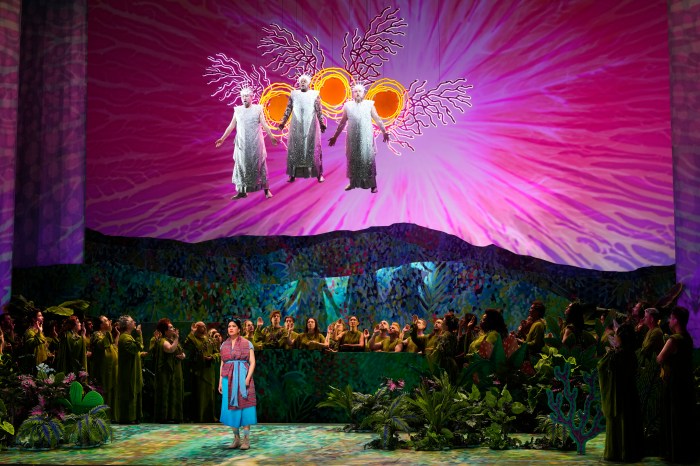They carried guitars, banjos and autoharps. They sang lilting folk songs that seemed as dangerous as doves. Their ever-larger Beatnik and interracial followers crowded the iconic Washington Square Park in Greenwich Village for informal Sunday concerts.
Yet the popularity of seemingly mild mannered folk musicians in the park sparked one of the city’s most legendary free-speech fights in 1961. It was a battle, as reporters put it at the time, “over man’s inalienable right to strum and sing outdoors.”
Since the 1940s, musicians had received permits to sing or play at Washington Square Park. Legendary musicians such as Bob Dylan, Pete Seeger and Dave Van Ronk would show up for the Sunday concerts.
But on March 27, 1961, Parks Commissioner Newbold Morris — a fan of high culture represented by Lincoln Center but no fan of folk music — authorized a ban on the musicians’ permits. The “unsavory appearance” of the musicians was among the reasons he cited for his action. In response, hundreds of folk musicians gathered in the square to protest the ban on April 9. They were met by 50 police officers, who stood by and let them hold a songfest against the parks commissioner, but then moved in as the folk singers and their supporters began to march to a nearby church. Ten people were arrested.
Morris later said he wasn’t against the folk musicians but that their supporters brought “adverse conditions to the park” and that it ought to be a “neighborhood park.” “You can’t grow grass with people walking all over it,” he said.
The protests endured six weeks before the ban was repealed.
Stephen Petrus, the curator of “Folk City,” an exhibition now on view at the Museum of the City of New York that recounts this important historical moment, said the protests raised a bigger question: What is appropriate in a public space? “It is kind of seen as a victory of the counterculture of the freer use of public space,” he said. “It was a turning point.”
Here are some recently rediscovered rare images of the protest as well as years that followed, when the square continued to serve as a focal point of Beatnik and folk music cultures.

















